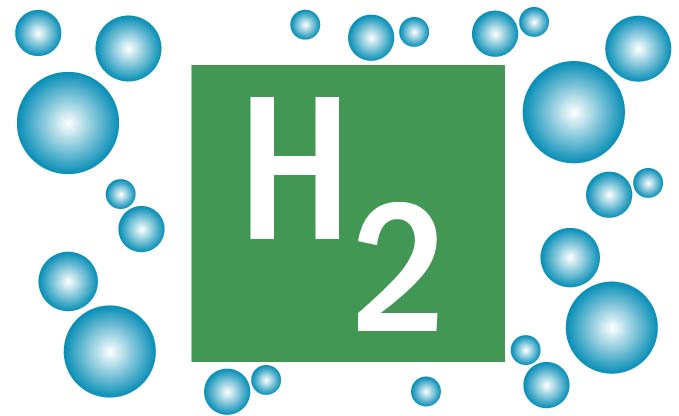

The electrolysers will be located near two of the Eni refineries where green hydrogen presents the best option for decarbonization. To support these efforts, Eni and Enel, two of the world’s leading energy companies, have joined forces to develop green hydrogen projects together. The calculation of GHG savings is carried out on a life-cycle analysis (LCA) basis and takes into account the emissions avoided by using waste as feedstock for the Waste-to-Hydrogen project instead of as feedstock for a conventional waste-to-energy plant.Ģ SSF: secondary solid fuel – fraction derived from sorted waste in mechanical-biological treatment plantsĪt Eni, we are also developing projects to produce hydrogen from renewable sources through water electrolysis (‘green hydrogen’). With an on-site gasification system for hydrogen production, a GHG saving of 90% can be achieved compared to hydrogen production from steam reforming. It allows for the production of sustainable H ₂ in synergy with refinery plants, therefore helping to reduce emissions linked to conventional waste treatment and conventional hydrogen production. Plasmix¹ and SSF²) – waste that is currently used in waste-to-energy plants or sent to landfill. It is a process for the production of sustainable hydrogen through the gasification of non-recyclable waste (i.e. In our Venice refinery we are currently assessing the implementation of our Waste-to-Hydrogen project, which is based on an innovative gasification technology. The circular economy is one of the pillars of Eni’s decarbonization strategy. At Eni, we therefore believe that an effective hydrogen strategy should recognise and support the contribution that all forms of clean hydrogen make towards decarbonization, also in order to maximise resource efficiency and the implementation of circular economy principles.

We believe that following a technologically-neutral approach is crucial, developing and applying all available and sustainable low-carbon technologies across the board, without excluding any. At Eni, we believe there is a need for a shared classification of hydrogen production technologies according to how much they contribute to reducing greenhouse gas emissions. Hydrogen production technologies are complementary and not competing with other technologies.

Low-carbon hydrogen would also provide a solution to the decarbonization of highly energy-intensive (‘hard-to-abate’) industries where electrification is not currently feasible. Promoting the use of low-carbon hydrogen throughout the decarbonization process would make a key contribution to reducing emissions and help pave the way to EU carbon neutrality by 2050.


 0 kommentar(er)
0 kommentar(er)
